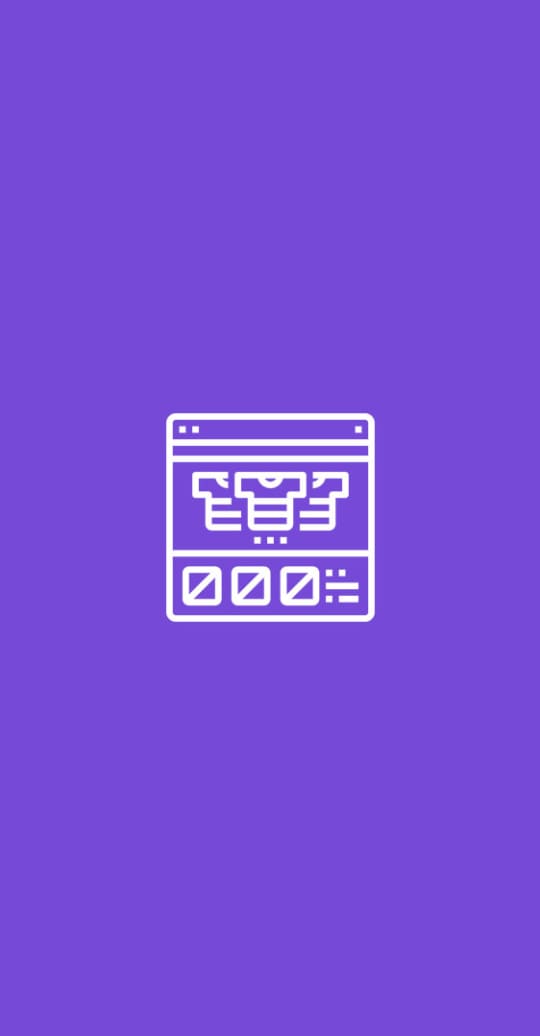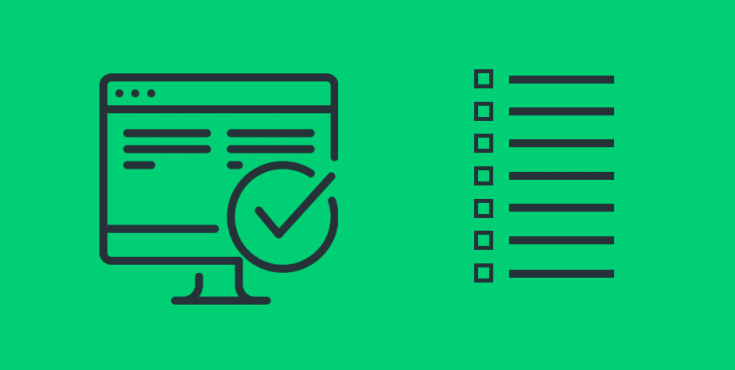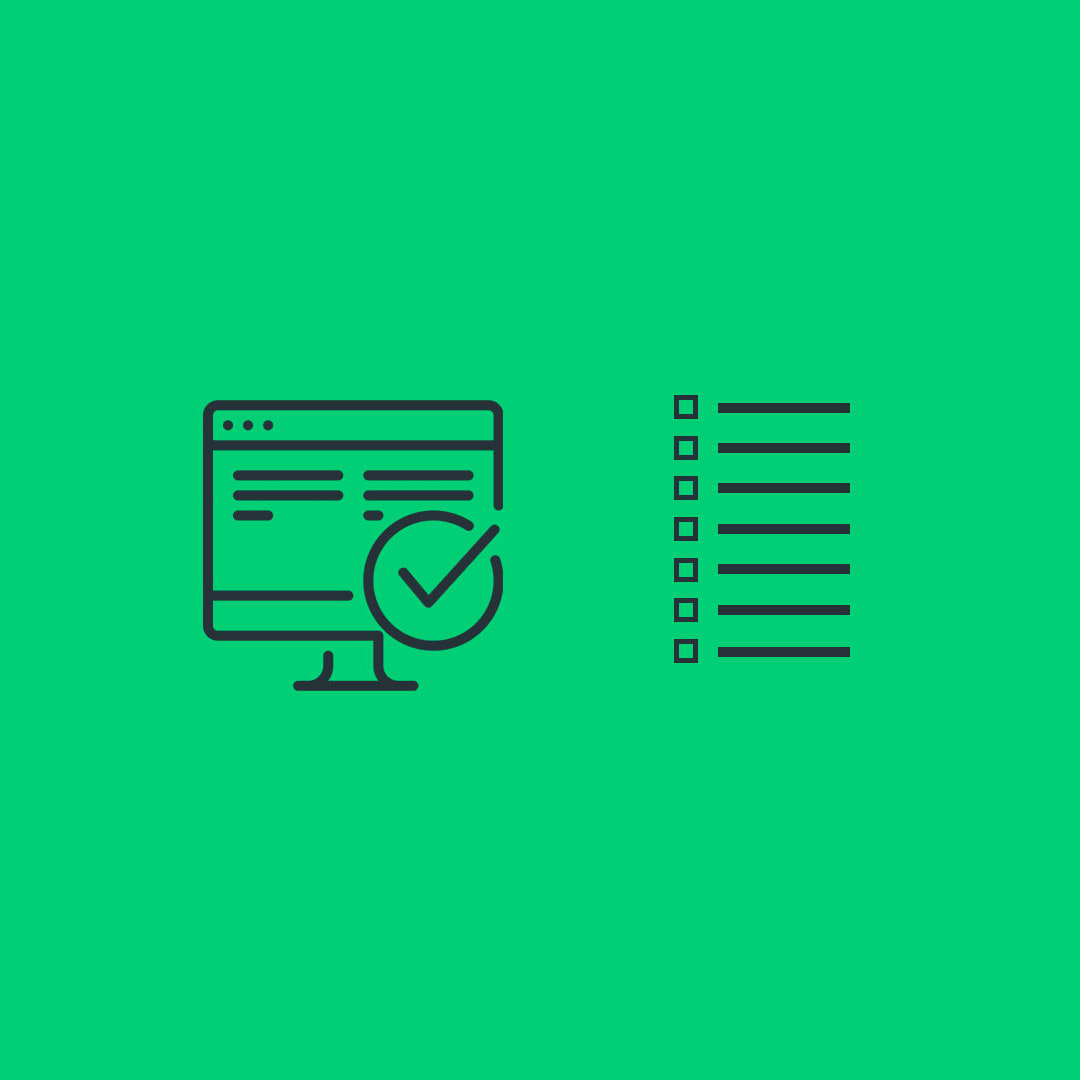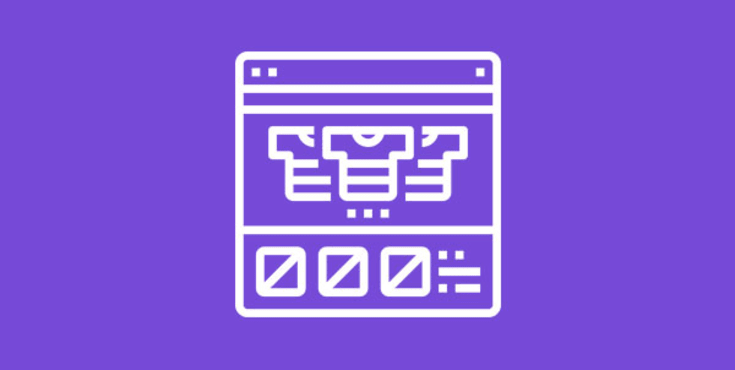Website
How to Optimize UX Design for your eCommerce Store?
Taking your sales online has off-late been advocated as the panacea for all business ills. However, simply starting an e-commerce portal and listing products won’t trigger customers to flood your website with orders and purchases. There has to be diligent planning to make your business grow online.
A critical aspect of this whole exercise is optimizing your UX design and adding elements that facilitate conversions.
A coherent website experience is vital for building trust and convincing users that the eCommerce store is legitimate. Hence, when so much power rests with consistent and modern UX for eCommerce websites, it would be a grave mistake to ignore UX optimization for any business, big or small.
So, what all things do UX designers need to take care of, and what are the eCommerce UX best practices 2021 – let’s find out!
Tips To Optimize UX Design For E-commerce Stores
Navigation – Let It Be A Cakewalk
For e-commerce websites, the best UX design is the one that not just pleases the visitors with fancy visuals but also contributes towards improving sales conversions.
For that to happen, the UX design of every website has to be simple enough so that the customer can navigate through it quite swiftly, look for whatever they are searching for, and finally end up placing an order without any hassle.
However, many expert designers admit that limiting your creativity and keeping the website design a little less complex is easier said than done. User-friendly, intuitive designs have to be created after a lot of brainstorming.
Keeping the items on your website well-grouped and organized can be the first step towards designing a simple yet effective e-commerce website. It primarily involves grouping together similar products strategically and adding lesser search fields on every web page. Easy navigation means easy access to all essential aspects of a website.
Therefore, you should design the menu to align with an SEO strategy and provide an important direct link to the customer to any part of the website that he desires to visit.
Lastly, the first impression of every web page on the website should be authoritative, such that the customer knows in a jiffy what the page is precisely about. Having unorganized web pages that do not convey their essence at first glance leaves the customers confused and significantly reduces the chances of conversion.
Your Homepage Needs That Oomph
Well, the online world is definitely a judgemental place, and your website gets judged within a second by what your homepage has to offer. Therefore, it can’t be stressed enough that the UX design of your homepage shouldn’t fall short of dynamism and potency.
If the homepage design can keep the customer glued to the website for more than a few seconds, then the prospects of getting a conversion increase considerably.
While it’s a creative job entirely, some key elements make up a good homepage irrespective of the niche of the e-commerce website. eCommerce UX design best practices advocate that the homepage should have the brand logo at an easy-to-spot location.
The logo, in turn, should be professionally designed, reflecting the identity of your brand in the most obvious way. The following crucial element is the footer at the bottom of the homepage, where you provide links to essential pages associated with your business. Other elements can be chatbots, customer feedback/inquiry forms, etc.
Work On Website Loading Speed
Website optimization should not be limited to the design per se. Aspects such as website speed greatly influence the user’s perception of your e-commerce website. A website that takes too long to get loaded is bound to create a sense of irritation and may even be detrimental by driving away customers to other websites.
One way of avoiding the situation is by keeping the eCommerce UX design simple, as complex elements on a web page take longer to load.
However, there are ways by which you can hasten the website loading time without compromising on the content elements. Using responsive images, like those in the WebP format, and compressing large code files back to their original size can be two practical ways of dealing with this problem.
Use of CDN to decrease the lag between the user and the hosting server and enable prefetching features can be other viable options for UX designers.
Contribute To The Sales Funnel
The term sales funnel seems to be an abstract concept, but as far as marketing is concerned, it is one of the most crucial elements that determine the success of any business.
Primarily, the sales funnel is the journey of a customer from gaining awareness about a particular product to the stage where they finally complete the purchase. The three stages of a sales funnel include awareness, interest, and “evaluation, desire, action”.
Therefore, a strategy that works on all three levels is the most robust method of increasing the conversion rate.
As a UX designer, you can create landing pages that vehemently promote particular products in front of the right audience.
Secondly, you can introduce a Call-To-Action or CTA at various locations on the website, which will be a source of motivation for the customer to make a purchase as soon as possible.
Other than that, creating educational content that describes the benefits of the products as comprehensively as possible can be an excellent method of targeting customers at the awareness stage of the sales funnel.
Over to you!
In any e-commerce setup, before you actually get a chance to provide value for money, you need to give your customers the value for their time. It becomes possible by enriching the entire experience of navigating through the website and allowing users to spend quality time on the site with something being there to bring them back.
Strategies focused on optimizing the UX design of an e-commerce setup aim to make the website contemporary and relevant to the users.
Ultimately, the best UX design is the one that contributes to sales, which becomes possible only by maintaining a reasonable degree of consistency while adhering to the industry’s best practices. A thorough eCommerce UX research needs to be conducted to provide niche-specific UX design advice. Salt Pixels is one of the best UX companies in Ahmedabad today, providing UX optimization solutions that are entirely sales-oriented. To know more about our services and methodology, contact Salt Pixels today.
Blogs
















